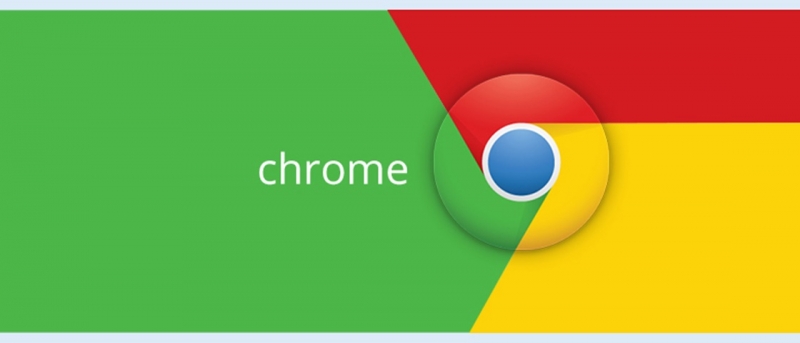Google recently implemented a new feature in Chrome that detects and shuts down any unnecessary Flash content on a web page. The intent was to free up some CPU cycles and ultimately, improve battery life on mobile devices and notebooks.
As it turns out, that was just the first of many steps that Google is working on to reduce Chrome's battery cost.
Senior Chrome engineer Peter Kasting recently penned a Google+ post outlining some of the other under-the-hood changes that'll soon be trickling down to consumer releases of the browser, this time for Mac users.
For starters, Google is adjusting how Chrome renders background tabs. Up to this point, all tabs are rendered with the same priority. Moving forward, Chrome will prioritize foreground tabs over background tabs.
The Chrome team is also working to reduce the CPU usage associated with Google web searches. By reducing the number of wakes from around 390 to just 120, they've managed to cut CPU usage from 0.3 percent to 0.1 percent. That may not sound like much but every little bit helps, especially when you only have a finite amount of battery life.
Kasting outlined a few other similar website improvements but I'll skip those for the sake of brevity.
These changes are expected to hit the beta version of Chrome is about six weeks. Once that happens, it'll take another six weeks or so before they find their way to the stable version - assuming of course there are no major issues to contend with.
